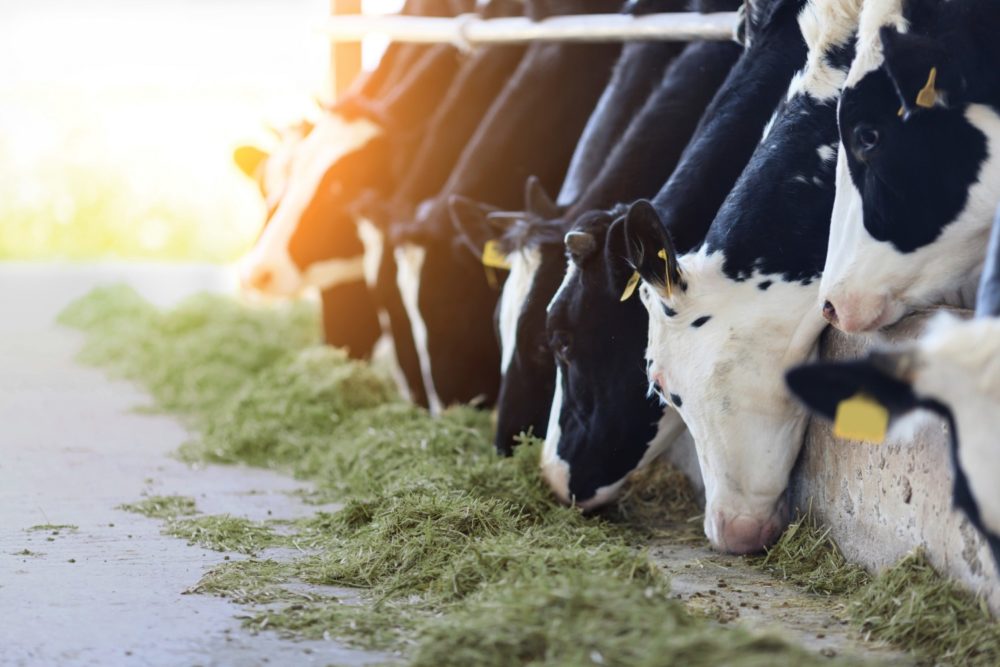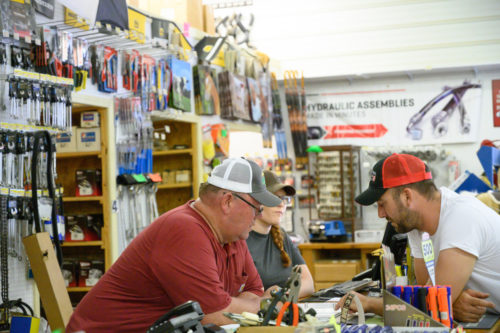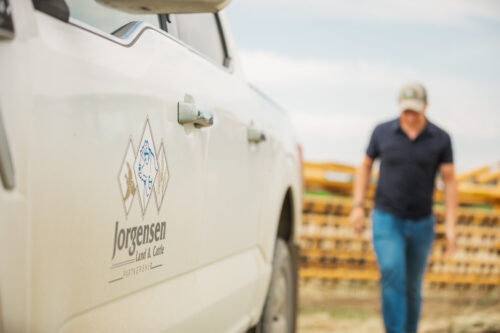Feedbunk Management Tips
March 2016
Whether you take the time to make your own hay or buy it from another producer, you’re making an investment. Maximizing how you feed hay to livestock can directly relate to your return on this investment. University of Wisconsin Forage Agronomist, Dr. Dan Undersander explains the necessity of proper feedbunk management for large bales of hay or haylage.
Farmers and ranchers have taken various approaches on how they feed livestock large round or square bales. Some choose to put the bale out in the field (with or without electric wires), others use hay rings. There are also farmers who use a processor either distribute in the field and those who use some sort of feedbunk method. By simply placing a bale out in a field, Dr. Undersander says, “We figure only about 60 percent of that forage is consumed. The other 40 percent is pulled out from the bale and trampled on…”
Wasted feed isn’t something that can be afforded.
For many producers, the standard is to put rings around the bales, but Dr. Undersander believes that using this method will result in between 15% and 20% feed loss.
"Wasted feed isn’t something that can be afforded."For best results, Dr. Undersander recommends feeding hay or haylage in a feedbunk. This allows the bale to sit in a bunk and the hay that falls out of the cows’ mouth while she chews falls below in the cradle and doesn’t run the risk of getting trampled on. This means the hay is being eaten and digested, providing the cattle with quality nutrition, rather than being wasted.
When choosing which feedbunk is best for your operation, consider the size differences. “With individual feeders, we see about a 10% improvement in weight gain,” says Dr. Undersander.
With both high quality hay and your livestock’s efficiency on the line, proper feedbunk management is a great place for producers to potentially better utilize their resources. Watch this video to hear it straight from the cow’s mouth and learn more!








